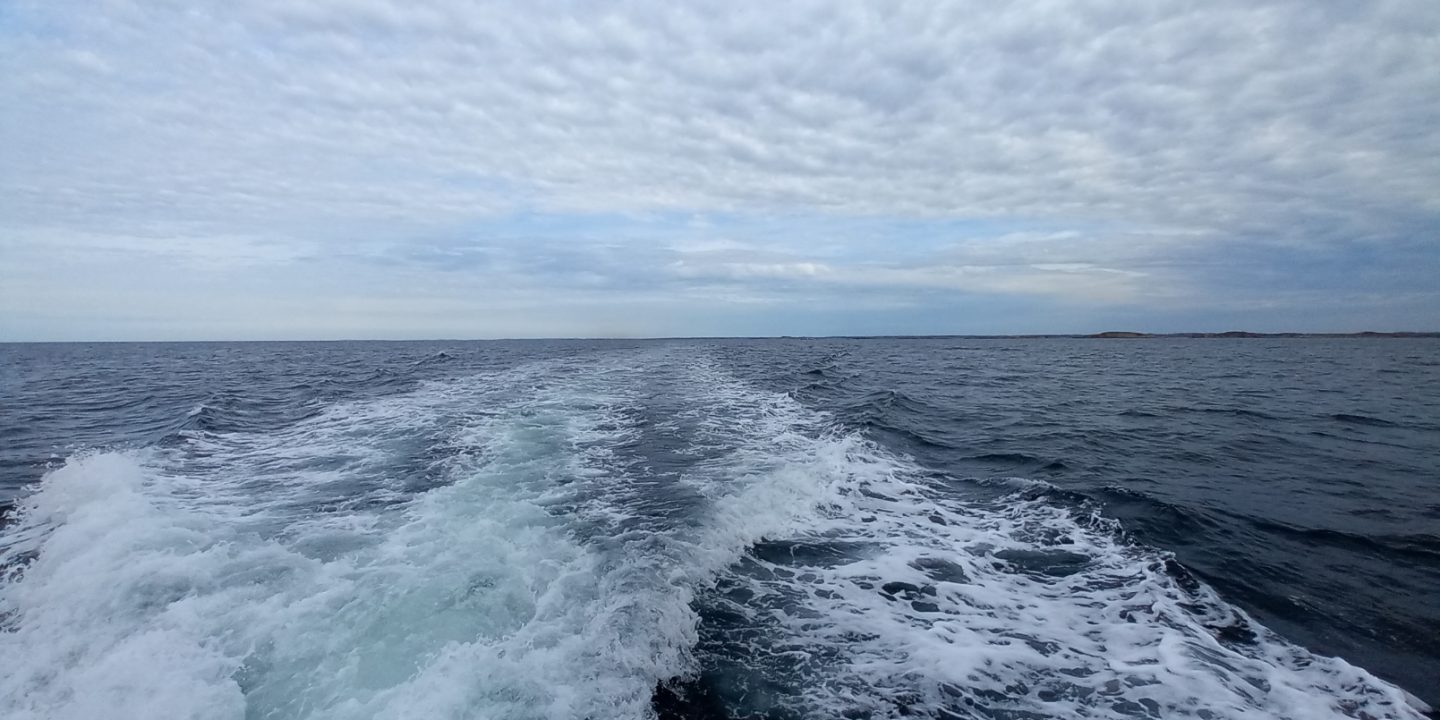From August 12th to 16th, I went to do fieldwork at the Kristineberg Center for Marine Research and Innovation (Sweden) together with Thomas Schwaha from the University of Vienna (Austria) and Nick Roberts from the University of Alabama (USA). The main goal of the fieldwork was to find Phoronis ovalis for the InvertOmics project for getting a reference genome of it. Like our group of the months for this month, the polydorid worms, Phoronis ovalis is a boring worm boring holes in different bivalve shells. Phoronida is a small phyla of animals and was our group of the month last month. Hence, you can learn more about these animals there. Today, I will concentrate on how we can sample these worms.
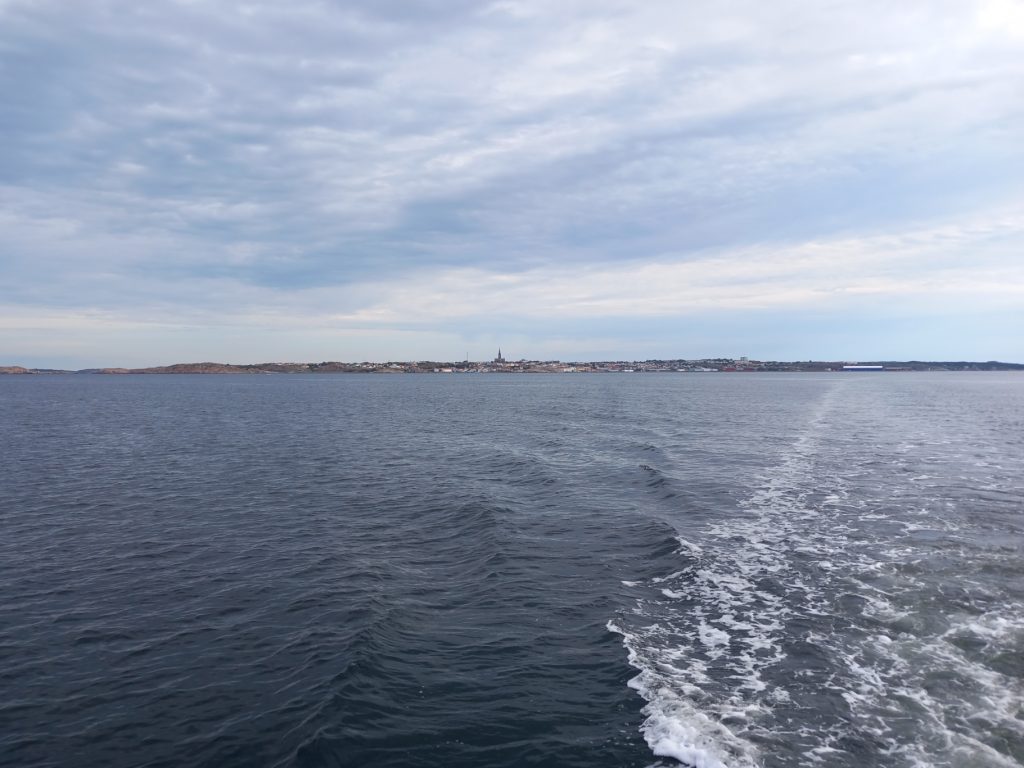
Similar to a previous post about collecting meiofauna, the sampling of material for genome research involves usually not highly modern and sophisticated tools, but rather sturdy ones. As these animals occur in the shells of bivalves, the first step is to collect such shells from the sea. This is a bit different from the leisurely collection of nice shells at the beach.
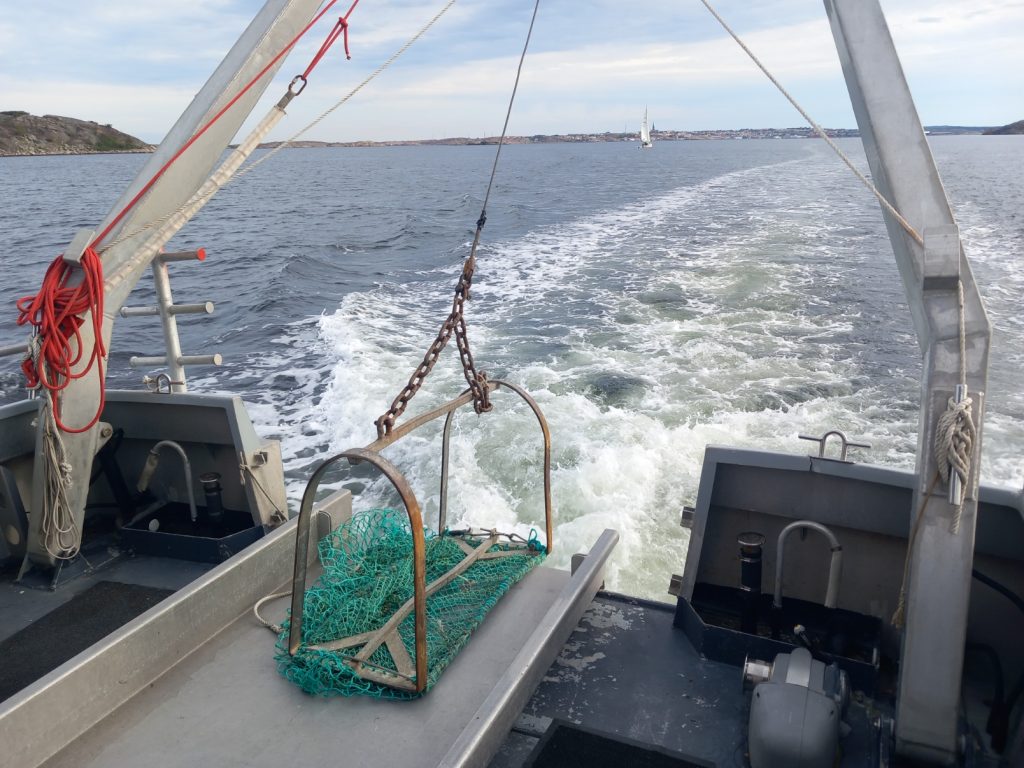
We therefore took the research vessel of the station and went out into the Gullmar fjord and Skagerrak in front of it. Gullmar fjord is about 25 kilometers long and has a depth of 45 m at its mouth up to 125 m at its deepest point. It is the most distinctive fjord of Sweden with a sill at its mouth, with steep shorelines and deeper waters in its center. It is probably the only true fjord of Sweden. The name originated from the Old Norse “Gullmarn” meaning the sea of a god.
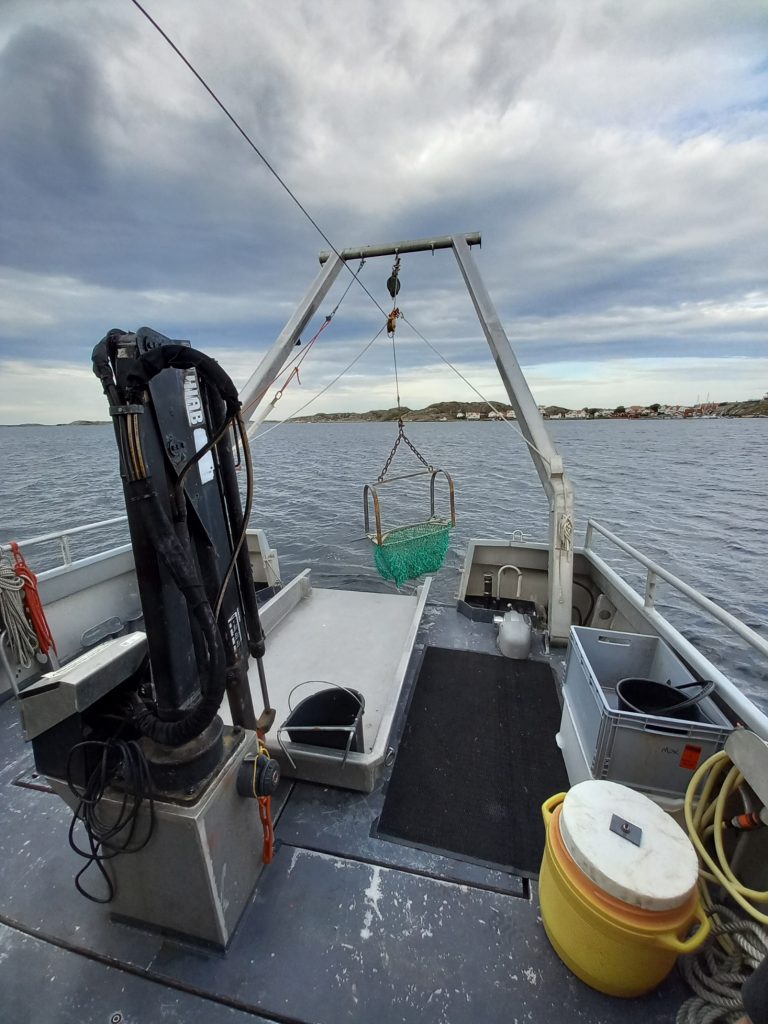
Out at the sea, we used a small dredge to scrap sediment and with that shells from the sea floor. The dredge was lower into the sea until it hit the ground. Then it is slowly pulled over the ground stirring up the sediment at the ground and collecting all in and on the sediment a net. As the boat is going slowly during this and the dredge also has a little bit an effect like an anchor, one needs to be very careful being on the open deck as the boat is more exposed to waves than it is when driving faster.
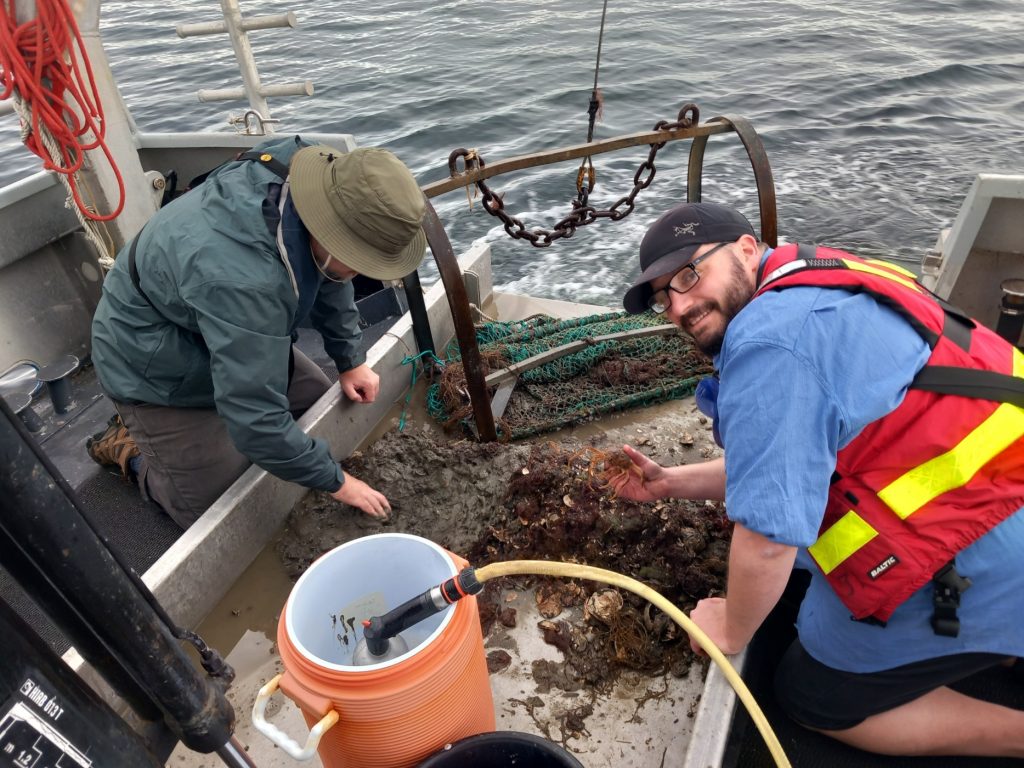
The dredge is then pulled up on deck using the winch and we just hope that is full of shells we can collect for our work. The dredge is empty on the working surface and all the sediment and mud is washed away with seawater using a hose while sorting out shells and animals. Shells and animals we would like to keep we put into a bucket (one or two separate ones for each locality), and the unwanted ones are returned to the sea.
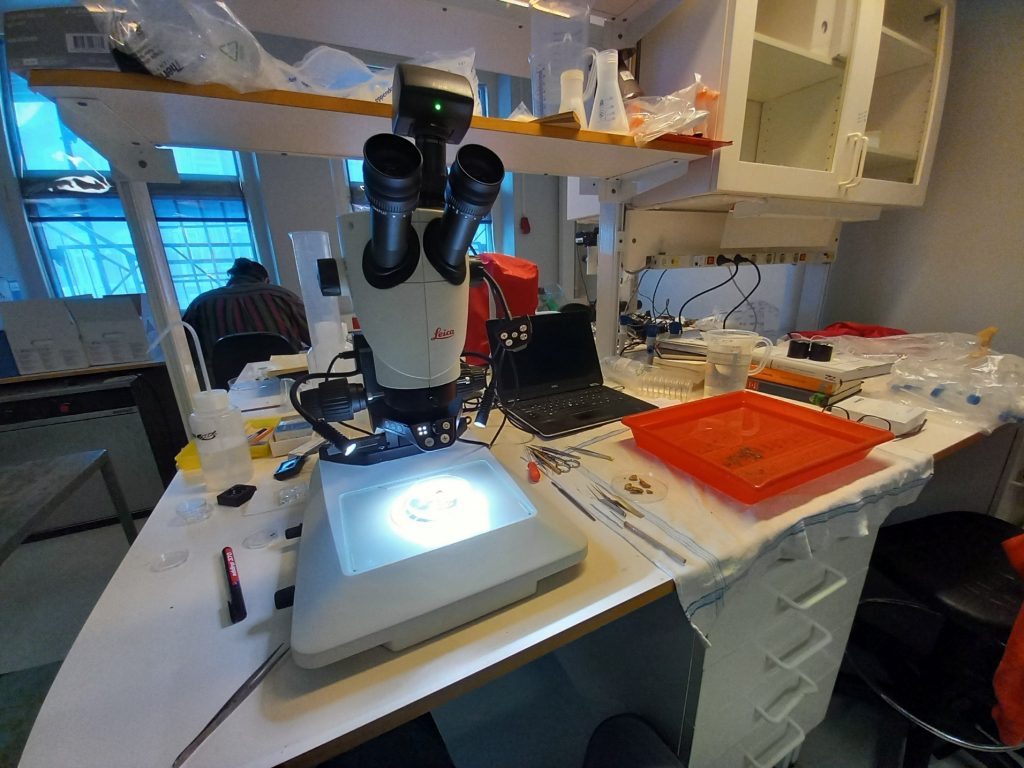
Back at the station, the shells and animals are transferred from the buckets into tanks with running seawater so that the animals are kept happy and alive. Now we pick out different shells and start to break them apart using first hammers, pliers and pipe wrenches to get larger pieces. Often the shells break along burrows in them as these are natural breaking points due to the weakening of the structures by the burrows. Under the stereo microscope we then investigate these larger pieces for holes and burrows and break these carefully open with different tweezers until we can retrieve the animal from the burrow (if there is one). Then we identify the animal, clean them, take pictures of them and preserve them for future experiments. One method of preservation for genomic research is to freeze them within seconds using liquid nitrogen. This procedure will keep the highest integrity of the tissue and accordingly the DNA.
![]()
